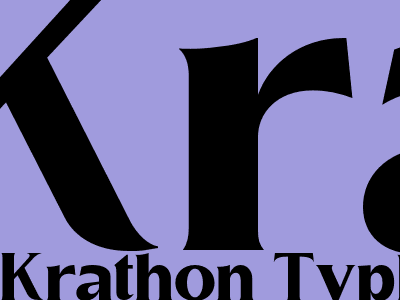
A Comprehensive Guide to On-Page SEO Optimization in 2023
Introduction
In today's competitive digital landscape, search engine optimization (SEO) has become an essential element for businesses and individuals aiming to enhance their online visibility and reach their target audience effectively.
What is On-Page SEO?
On-page SEO refers to the optimization techniques applied directly to a website's content and structure to improve its search engine rankings. By optimizing various elements within a web page, such as content, code, and user experience, businesses can increase their chances of appearing higher in search results and attracting more organic traffic to their website.
1. Keyword Research & Optimization
Conduct thorough keyword research to identify relevant and high-volume search terms that your target audience is actively searching for. Implement these keywords naturally throughout your content, including the page title, header tags, and body text, to enhance your page's relevance to specific search queries.
2. Content Optimization
Create high-quality, informative, and engaging content that provides value to users. Ensure your content is well-written, free of grammatical errors, and optimized for readability and skimmability. Use subheadings, bullet points, and visuals to improve content structure and make it easy for users to digest.
3. Title Tag Optimization
Craft compelling and concise title tags for each page on your website. Title tags should accurately describe the page's content while incorporating relevant keywords. Keep these tags within 60 characters to ensure they are fully displayed in search engine result pages (SERPs).
4. Header Tag Optimization
Utilize header tags (H1, H2, H3) to structure your content and highlight important sections. Header tags help search engines understand the hierarchy and relevance of your content and provide context to users.
5. Image Optimization
Optimize images by using descriptive file names and alt text that accurately reflect the image's content. Compress images to reduce their file size without compromising quality, improving website load speed.
6. Internal Linking
Establish a robust internal linking structure by linking to relevant pages within your website. Internal links help spread link equity across your site and enhance the user experience by providing easy navigation.
7. Page Speed Optimization
Ensure your website loads quickly and efficiently. Use tools like Google's PageSpeed Insights to identify areas for improvement and implement recommended optimizations to enhance user experience and reduce bounce rates.
8. Mobile Friendliness
With the increasing use of mobile devices, optimizing your website for mobile is crucial. Use responsive design and mobile-first principles to ensure your website provides an optimal experience on all screen sizes.
9. Use of Structured Data
Implement structured data markup, such as Schema.org, to provide search engines with more information about the content on your page. This enhanced context helps search engines better understand your content and display rich snippets in SERPs.
10. XML Sitemap
Submit an XML sitemap to search engines to help them index your website more effectively. Sitemaps provide a comprehensive list of all pages on your website, ensuring that important pages are not missed during crawling.
Conclusion
By implementing these comprehensive on-page SEO strategies, businesses can significantly improve their search engine rankings, increase organic traffic, and establish their online presence. Remember to stay updated with the latest SEO trends and best practices to maintain your website's visibility and success in SERPs.